Our oral health is so connected to our overall health, problems like tooth abscesses can become life or death situations. An abscess in a tooth is caused by untreated tooth decay, periodontal (gum) disease, or a crack in a tooth. An abscess is a pocket of pus in the gumline, apex (root) of the tooth, or bone surrounding the tooth. Dentists fix an abscess by draining it so it doesn’t spread into the bloodstream. If this happens, it’s called “bacteremia.” Healthy individuals’ immune system will likely destroy the harmful bacteria. But in older adults or individuals with certain medical conditions, the bacteria in the blood may not be destroyed.
Bacteria in the blood can circulate around the body and travel to the lungs, causing pneumonia, or to the brain, causing meningitis. These dangerous consequences can be avoided. Keep up with your dentist appointments, brush and floss twice a day, and maintain a healthy diet.
Need more tips on the proper oral health routine? Click here
Looking for a dentist in your area? Click here.
What is a Gingival or Gum Abscess?
A “gingival” or gum abscess is an abscess in the gum tissue of the mouth. When this is the case, your dentist will need to drain the infection. If it has spread, a root canal or tooth extraction may be necessary.
What is a Periodontal Abscess?
Periodontal disease is when the gums and bone, or “periodontal tissues” that hold our teeth in place, are infected. This also causes chronic inflammation from the body’s defenses against the infection. Sore, bleeding gums, pain in the mouth, and tooth loss are common with periodontal disease. A periodontal abscess is the third most frequent dental emergency, and it’s more common in individuals with untreated periodontal disease. Your dentist will conduct a variety of examinations to see what course of treatment best suits the particular case.
What is a Periapical Abscess?
A periapical abscess occurs as a result of your body fighting against bad bacteria. When this occurs, tissue retreats from the source of the infection. The periapical abscess forms when the infection spreads and creates a collection of pus at the root of a tooth.
Dental-Related Emergency Room Visits
We’re serious when we say problems that seem small can become fatal situations. One study examined nearly 130 million emergency department patients across the entire United States. They found that patients who didn’t have insurance made up 40.5% of all dental condition-related visits, since they’re more likely to visit an emergency room than a dentist’s office for dental care. The average cost for these emergency department visits is approximately $760. That would cover the cost of dental insurance for at least one year (if not two), allowing for routine cleanings and advice from dental experts.
In this study, in one year:
- 809,560 patients had a diagnosis of cavities
- 1,234,036 patients had gingival or periodontal conditions like gingivitis
- 37,518 patients had mouth cellulitis or abscesses
Examining the individuals among those with dental problems who died:
- 55% had a diagnosis of cavities
- 6% had pulpal or periapical lesions
- 4% had gingival or periodontal conditions
- 3% had mouth cellulitis or abscess (a single patient may have had one or more dental conditions)
- Nearly 85% did not have any additional medical conditions causing the fatality
It’s never too late to start taking care of our teeth. If you don’t have one yet, click here to find a dentist in your area to get on track for a healthy mouth and body. Your dentist cares about more than simply teeth. They want to help you be a healthier, happier you. And if you need low-income resources for care, click here for a list of safety net dental clinics.
Click to learn more about daily oral health tips for a healthier mouth and smile.
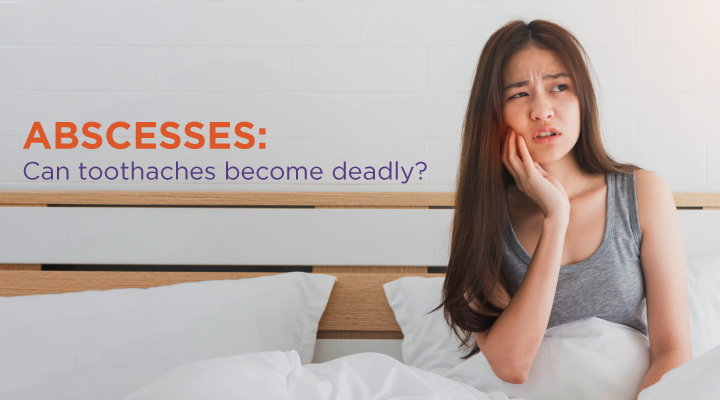
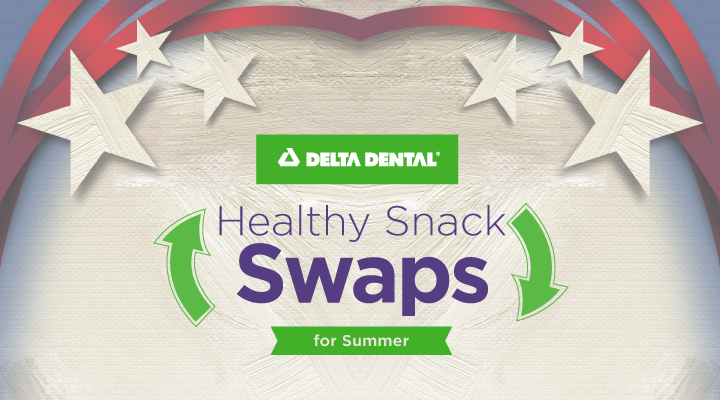
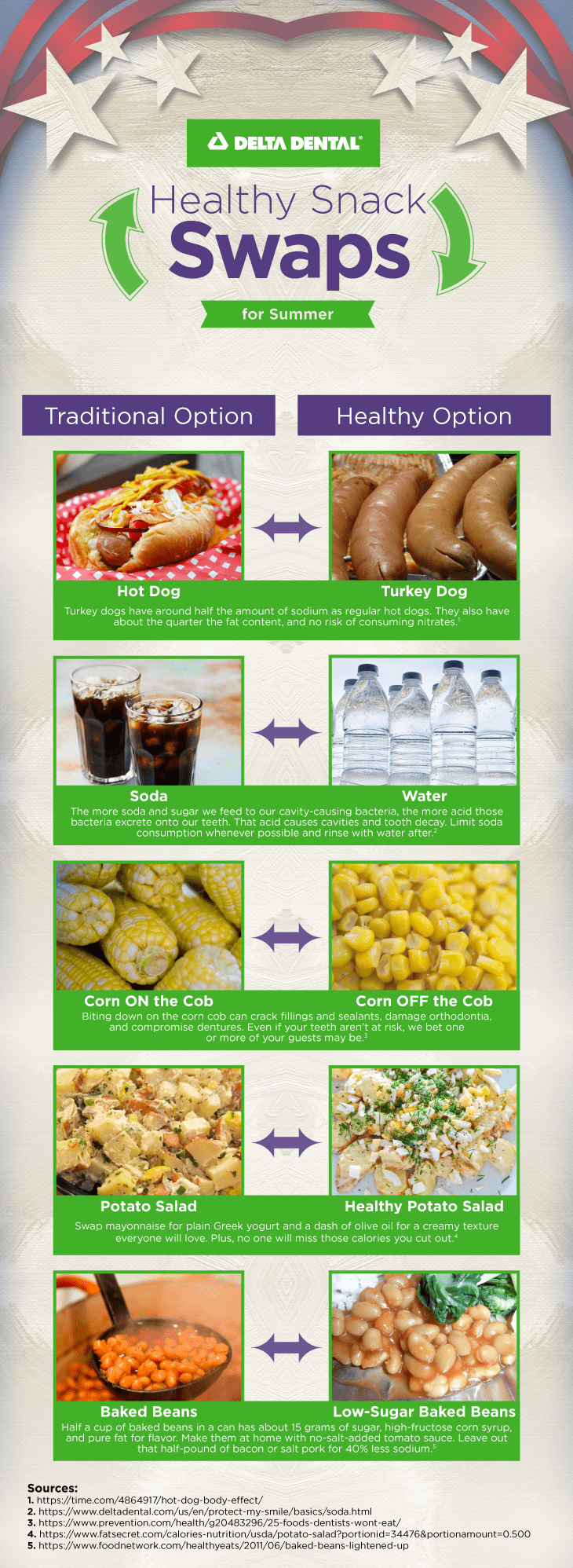


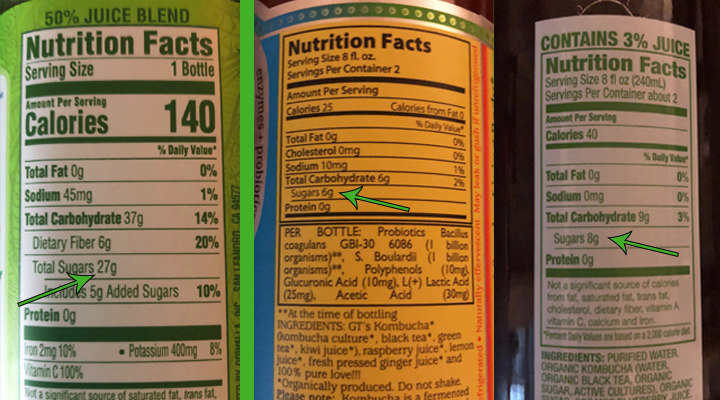
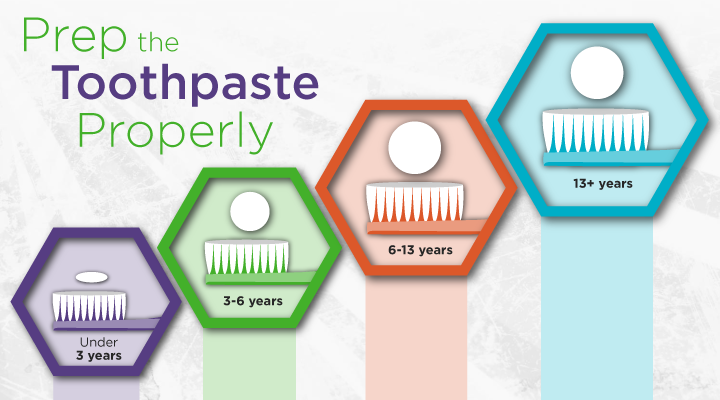

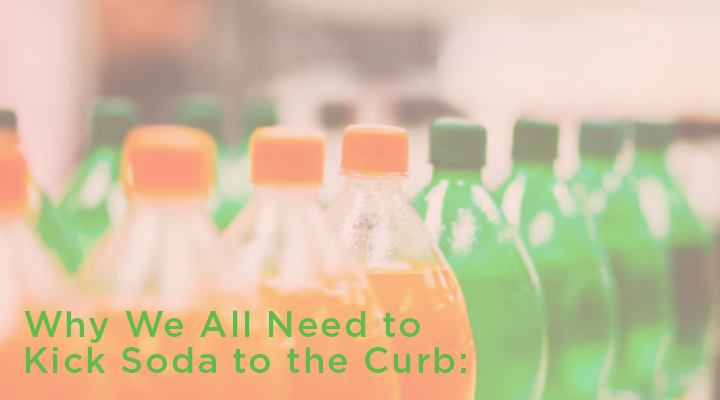
![The World Health Organization recommends 25 grams of sugar a day for women and 38 grams for men. The average can of soda has twice that.]](https://deltadentalwiblog.com/wp-content/uploads/2019/05/sugar-in-soda-720.png)
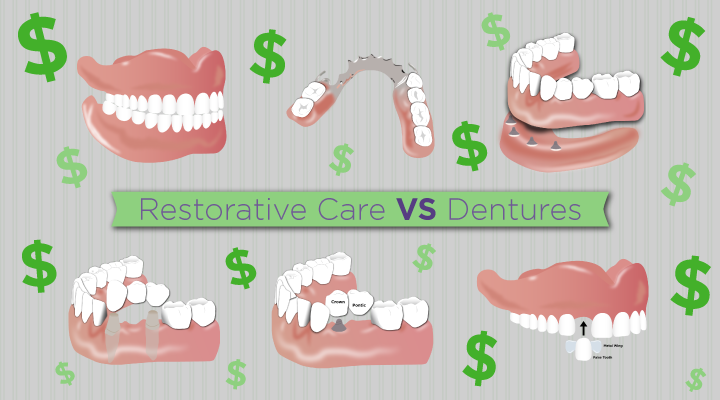
![The average cost savings for a family of two with Delta Dental is about $800 a year when compared to cost without coverage.]](https://deltadentalwiblog.com/wp-content/uploads/2019/05/insurance-for-2-vs-not.png)
![Average cost for an adult dental cleaning, scaling, filling, root canal, extraction, crown, and dentures were calculated using fairhealthconsumer.org.]](https://deltadentalwiblog.com/wp-content/uploads/2019/05/DDWI.Avg-Cost-Older-Adults-1024x334.png)

